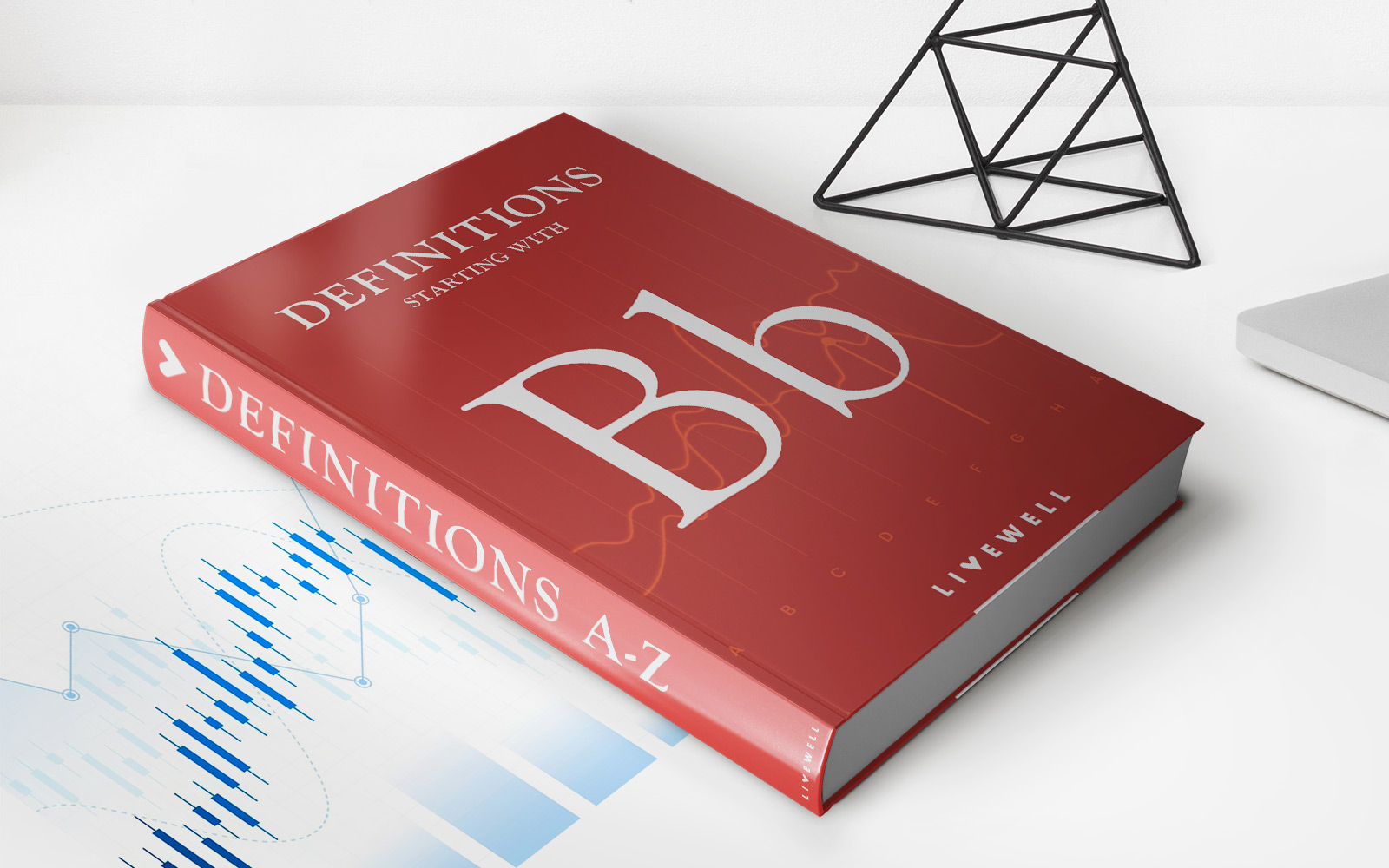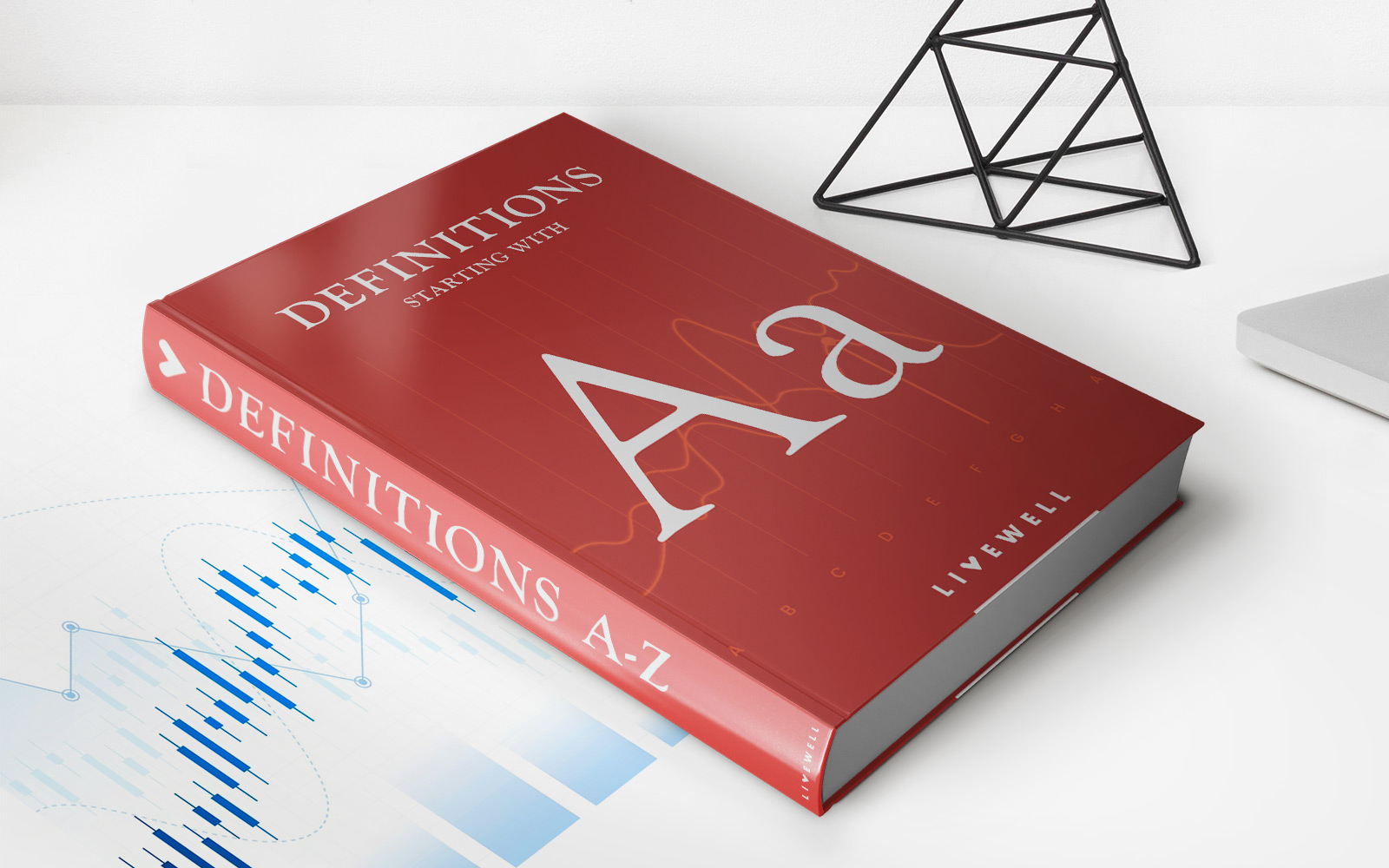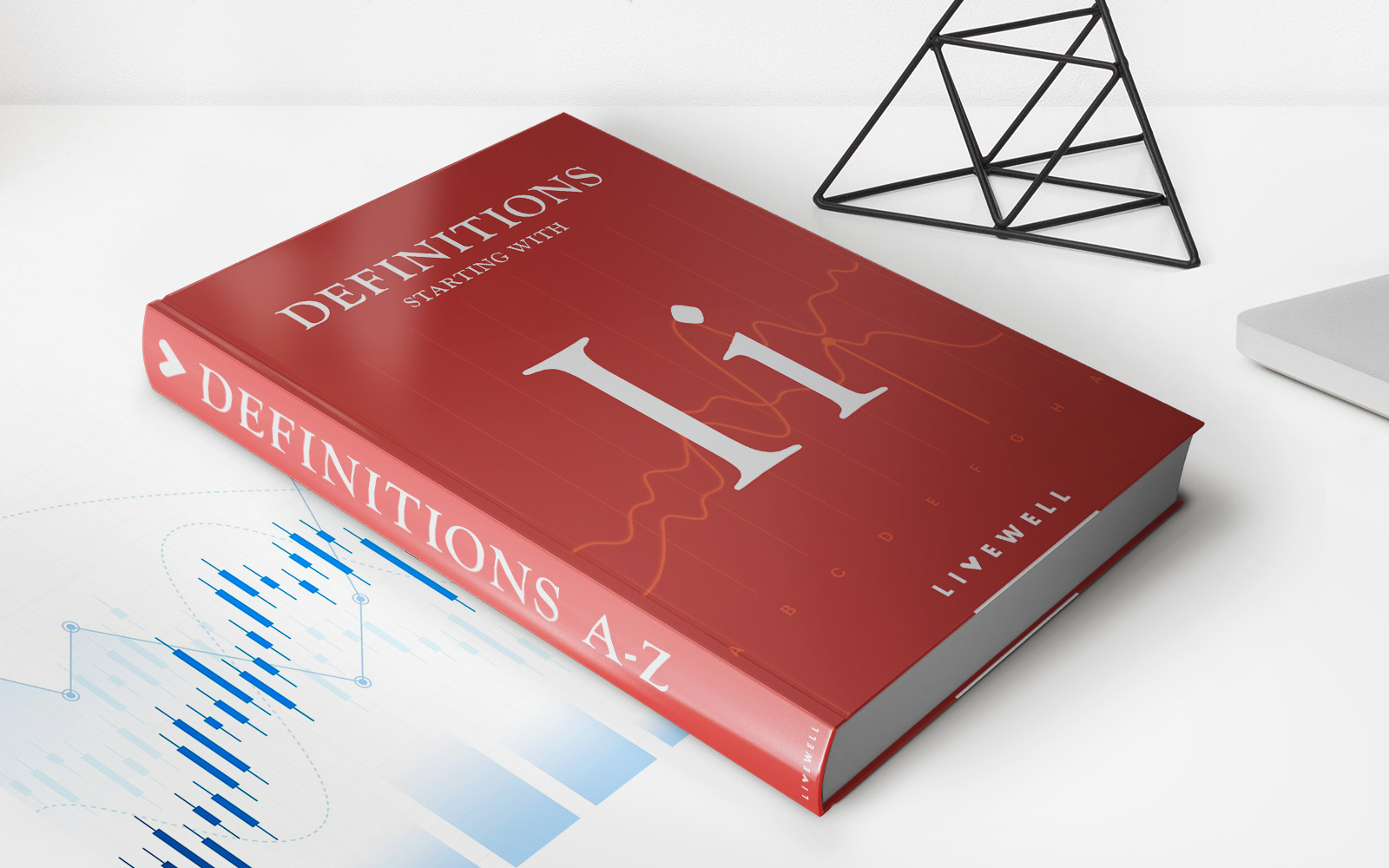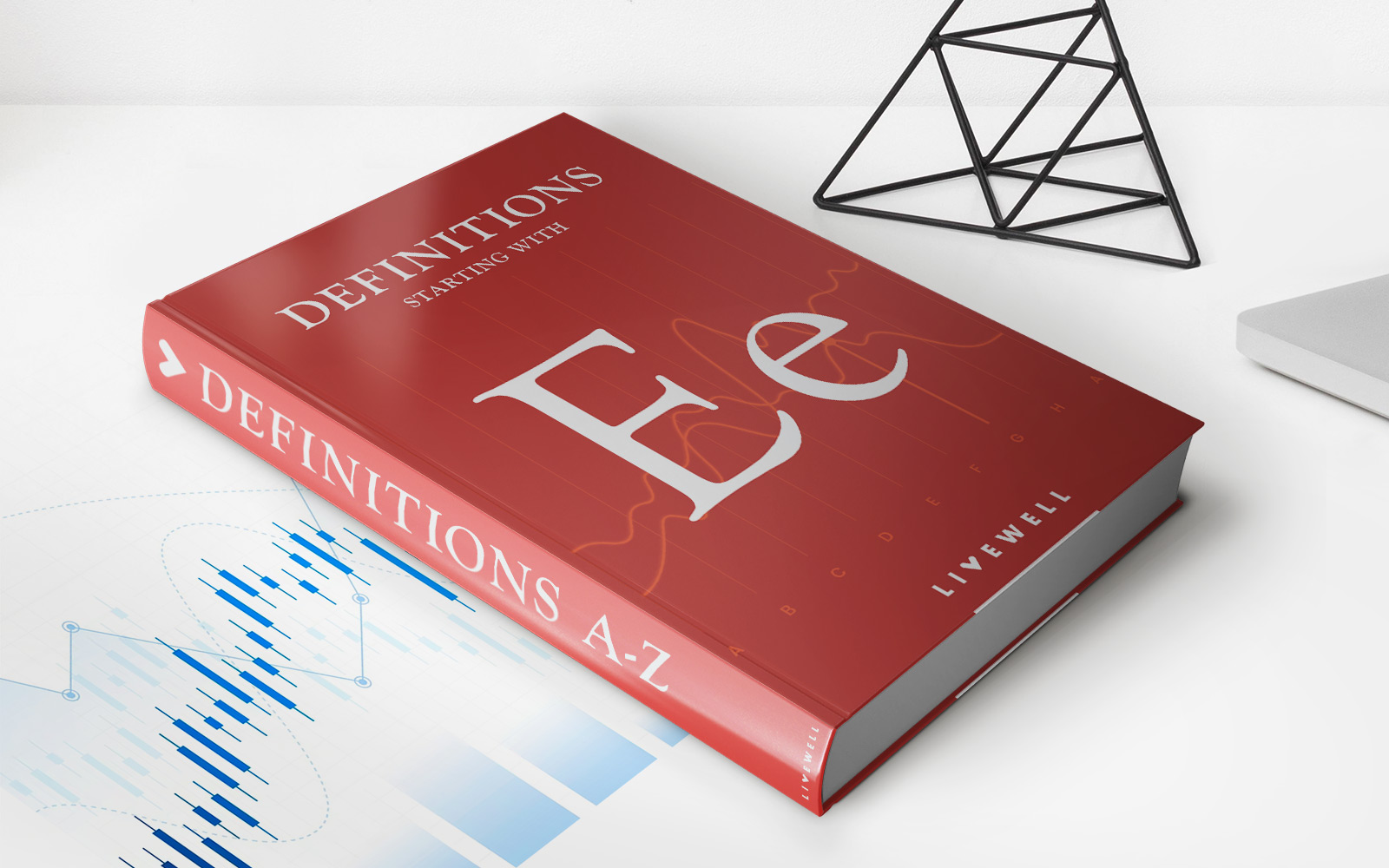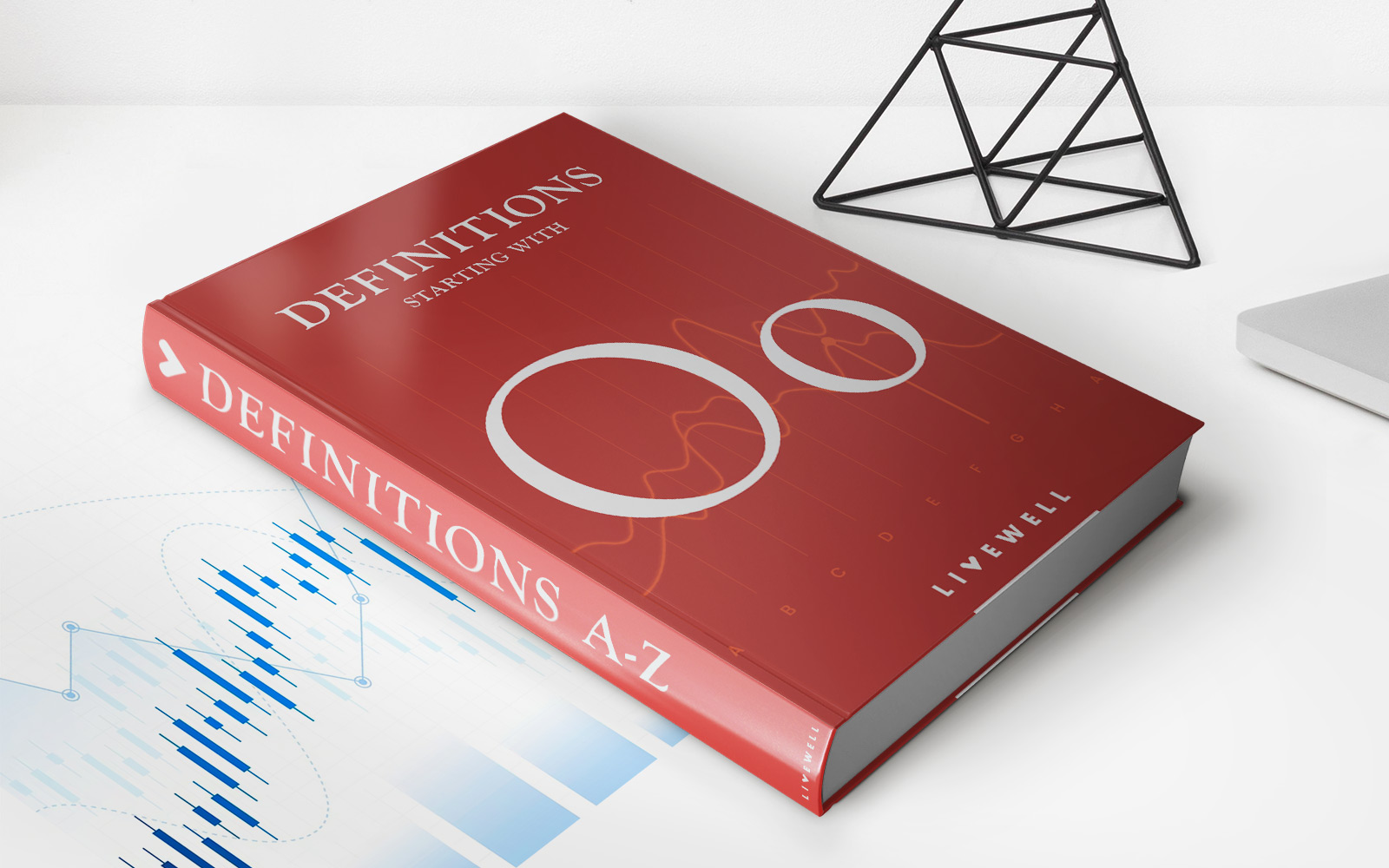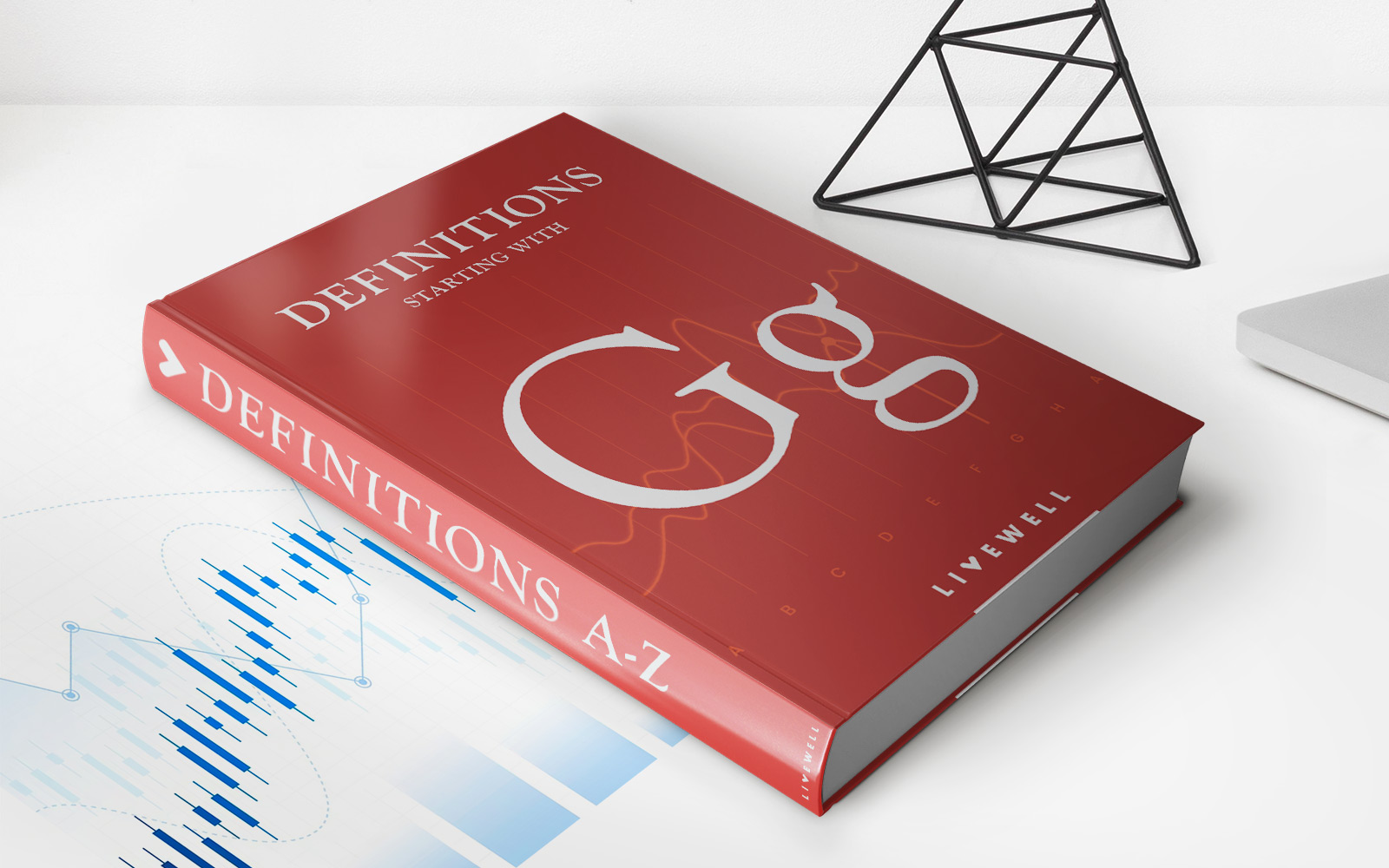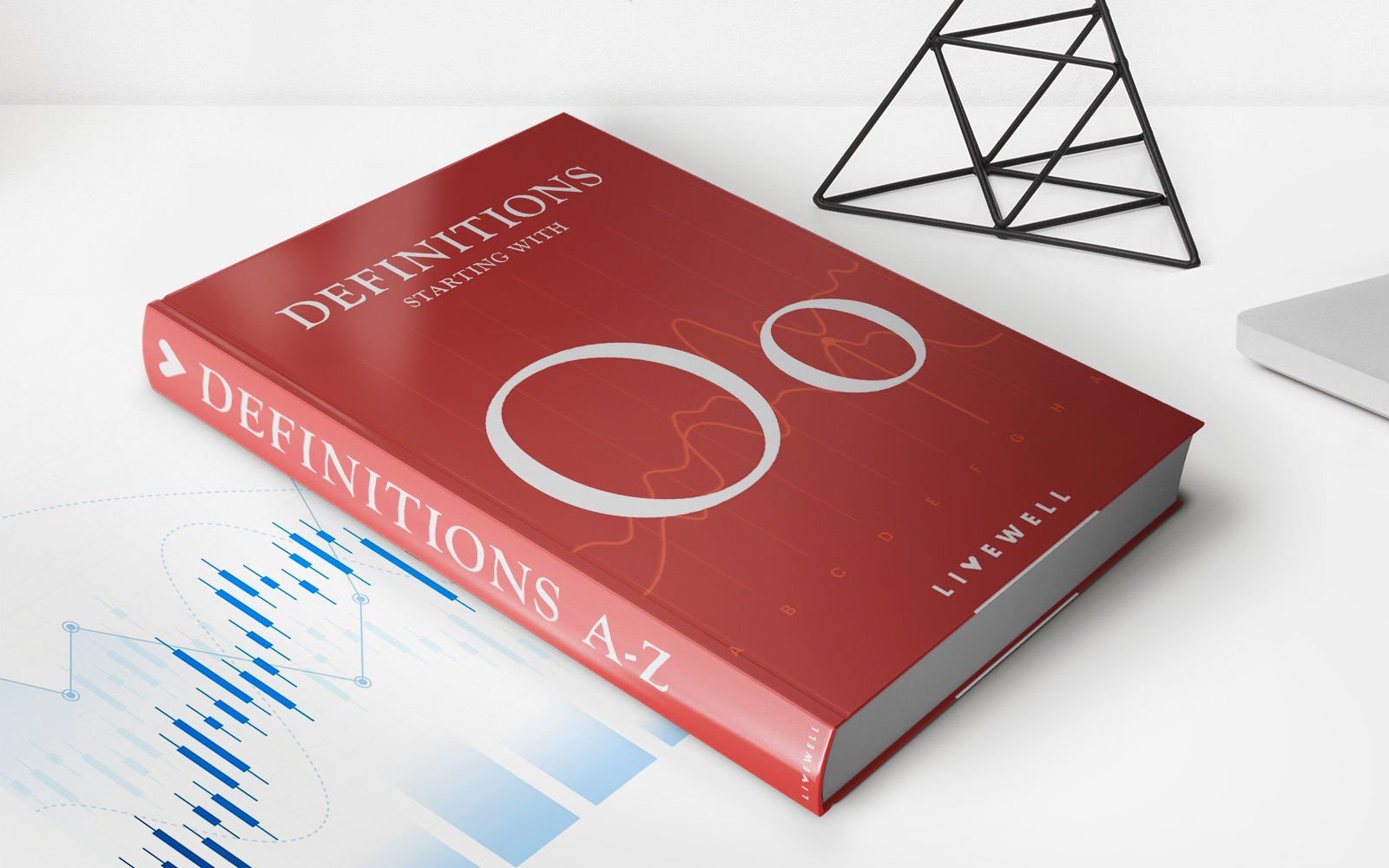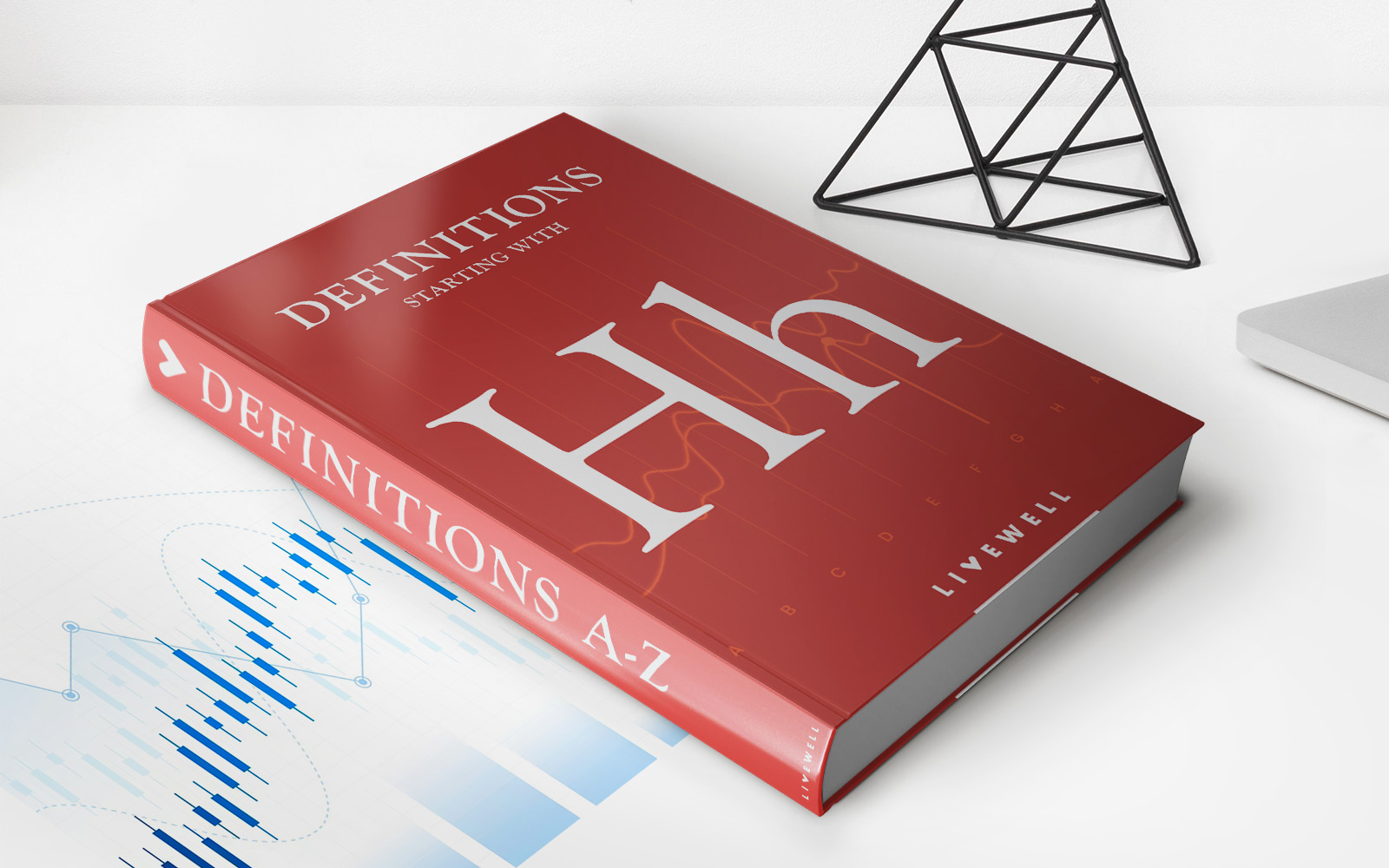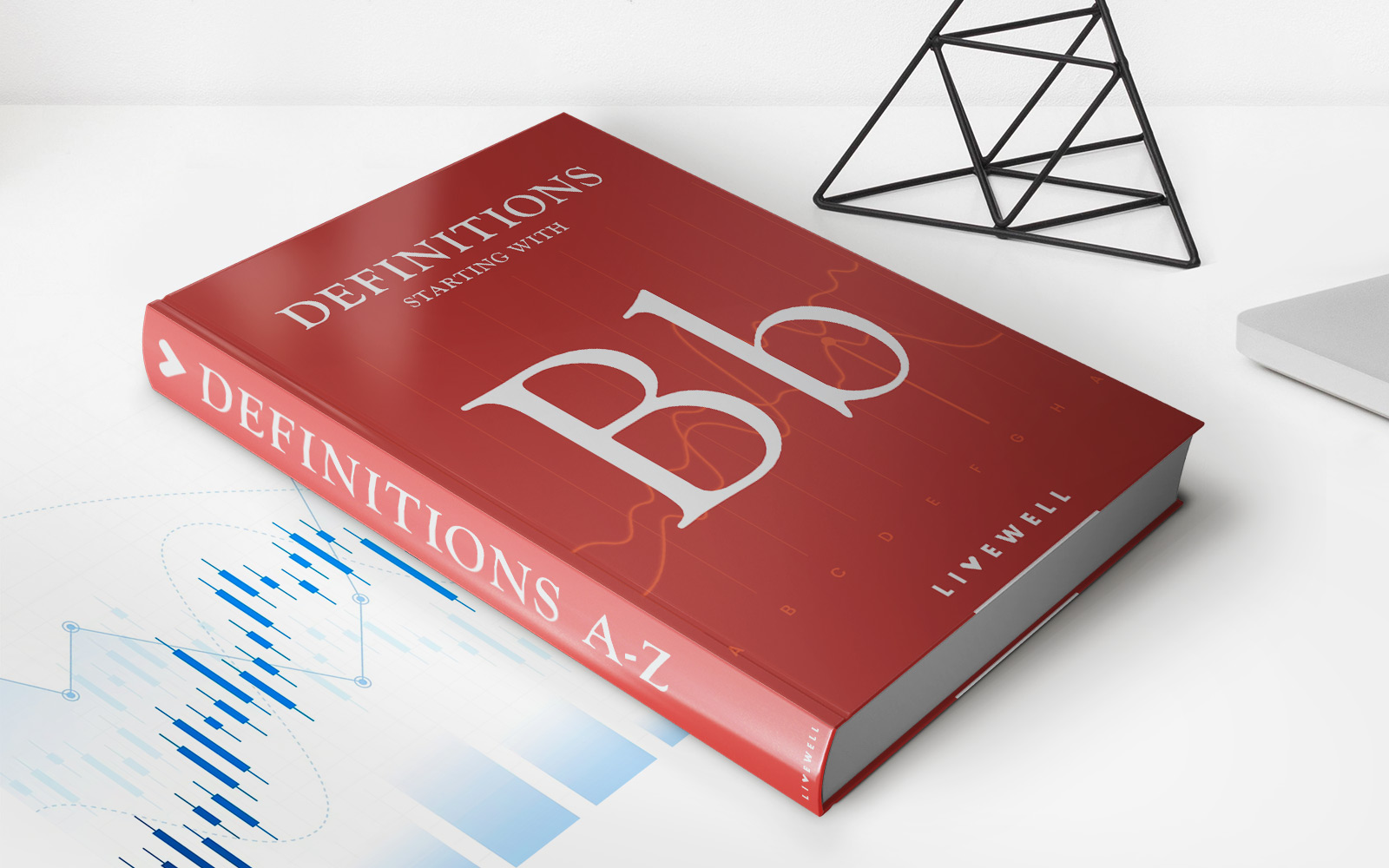Home>Finance>Heckscher-Ohlin Model Definition: Evidence And Real-World Example
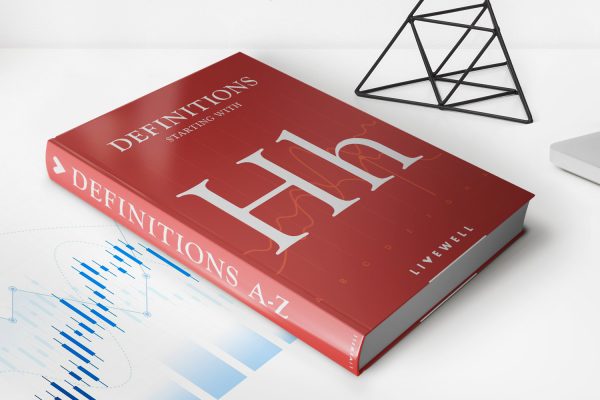
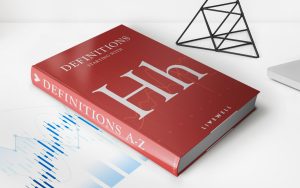
Finance
Heckscher-Ohlin Model Definition: Evidence And Real-World Example
Published: December 4, 2023
Discover the comprehensive definition of the Heckscher-Ohlin Model in finance, along with real-world evidence and practical examples for better understanding.
(Many of the links in this article redirect to a specific reviewed product. Your purchase of these products through affiliate links helps to generate commission for LiveWell, at no extra cost. Learn more)
Understanding the Heckscher-Ohlin Model in Finance
When it comes to understanding the world of finance, there are many economic models that can provide valuable insights. One such model is the Heckscher-Ohlin model. In this blog post, we will explore the definition of the Heckscher-Ohlin model, examine the evidence supporting it, and provide a real-world example to help illustrate its application.
Key Takeaways:
- The Heckscher-Ohlin model is an economic theory that explains the patterns of international trade based on the differences in relative factor endowments between countries.
- It suggests that countries will export goods that require the use of factors of production that are abundant in their economy, while importing goods that require factors that are scarce.
The Heckscher-Ohlin model, developed by economists Eli Heckscher and Bertil Ohlin in the early 20th century, is a fundamental theory in international economics. This model argues that the factor endowments of a country determine its comparative advantage in production and trade. The factors of production can include land, labor, capital, and technology.
According to the Heckscher-Ohlin model, countries will specialize in producing and exporting goods that make intensive use of factors of production that are abundant in their economy. Conversely, they will import goods that require factors of production that are scarce in their economy. This phenomenon arises from the differences in relative factor endowments between countries.
An example that illustrates the Heckscher-Ohlin model is the trade between the United States and China. The United States has a relatively abundant capital stock and advanced technology, while China has a large labor force. As a result, the United States specializes in producing and exporting high-tech goods, while China specializes in manufacturing labor-intensive products.
Evidence supporting the Heckscher-Ohlin model can be found in empirical studies that have analyzed patterns of international trade. These studies have consistently found a positive relationship between factor endowments and comparative advantage in production.
In conclusion, the Heckscher-Ohlin model provides a valuable framework for understanding the patterns of international trade in the world of finance. By considering the relative factor endowments of countries, this model helps explain why countries specialize in certain industries and engage in trade. Remember, understanding these economic models is essential for making informed decisions in the complex world of finance.
